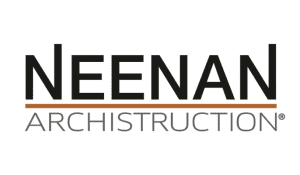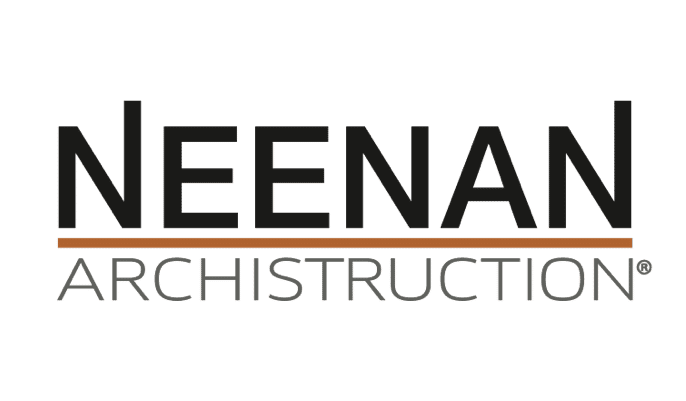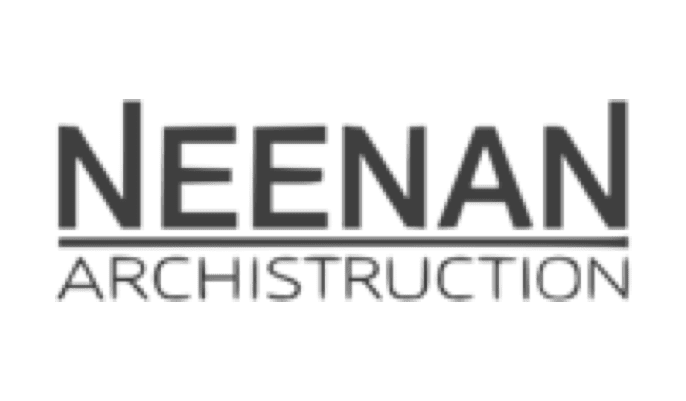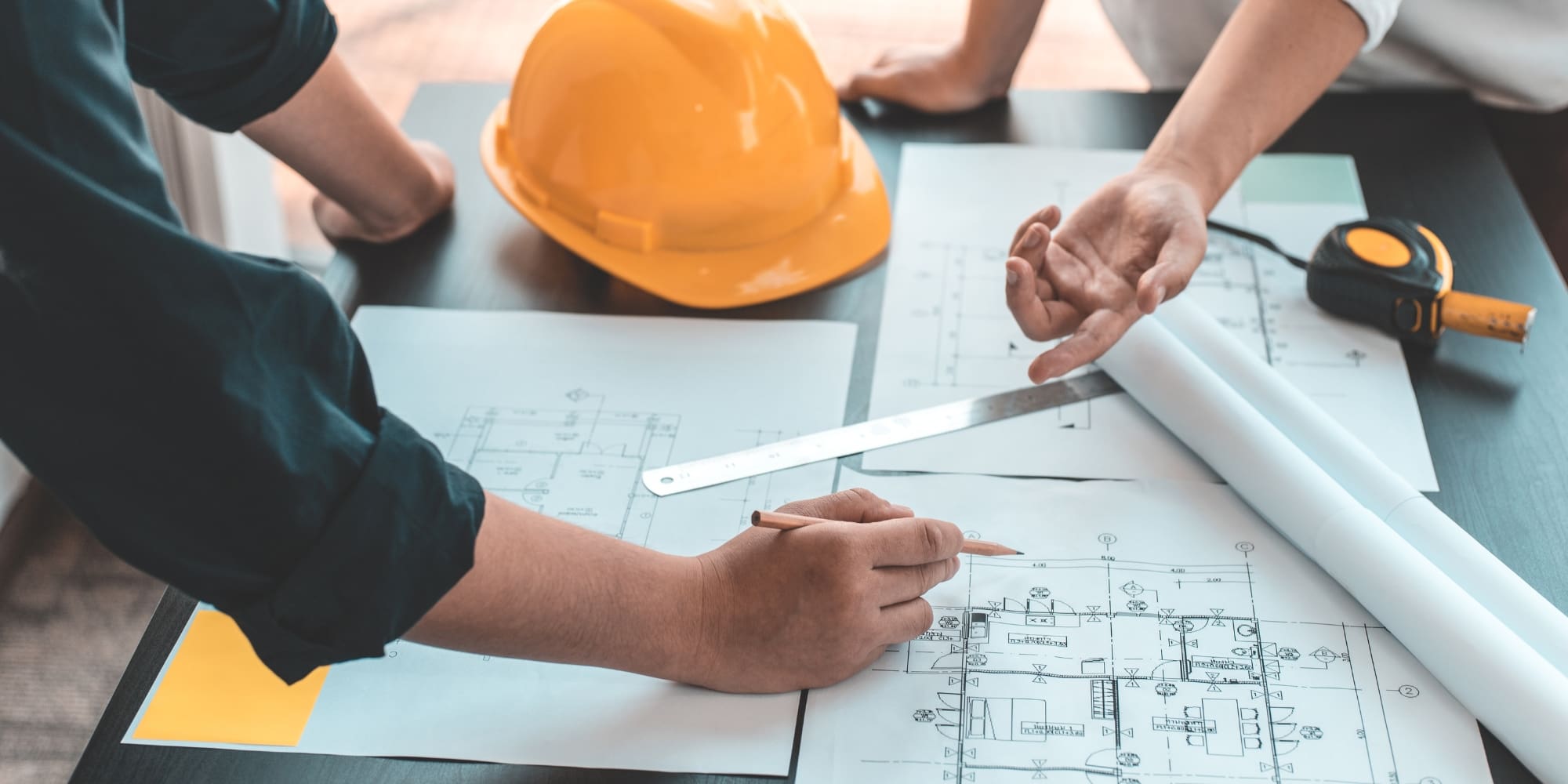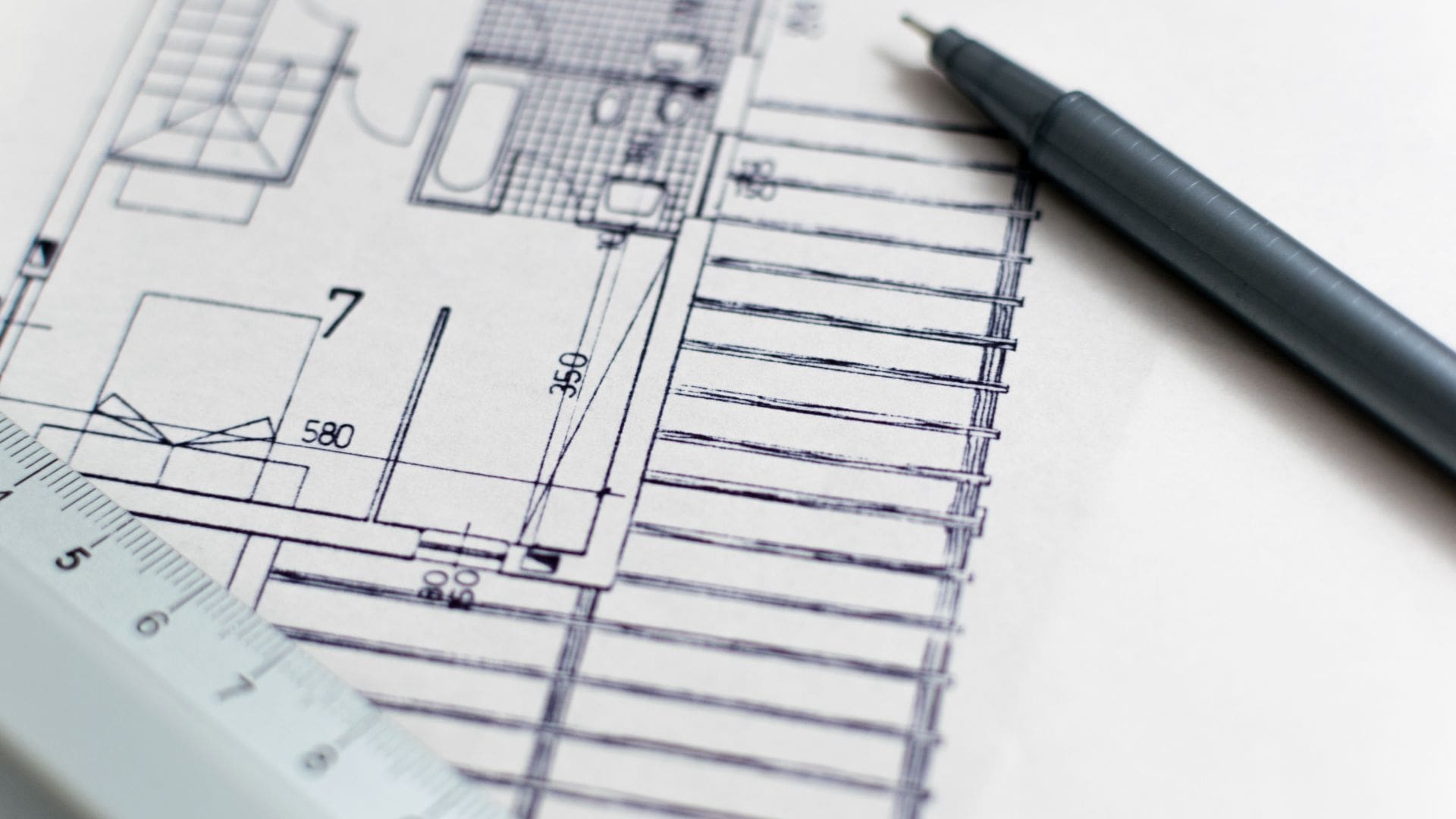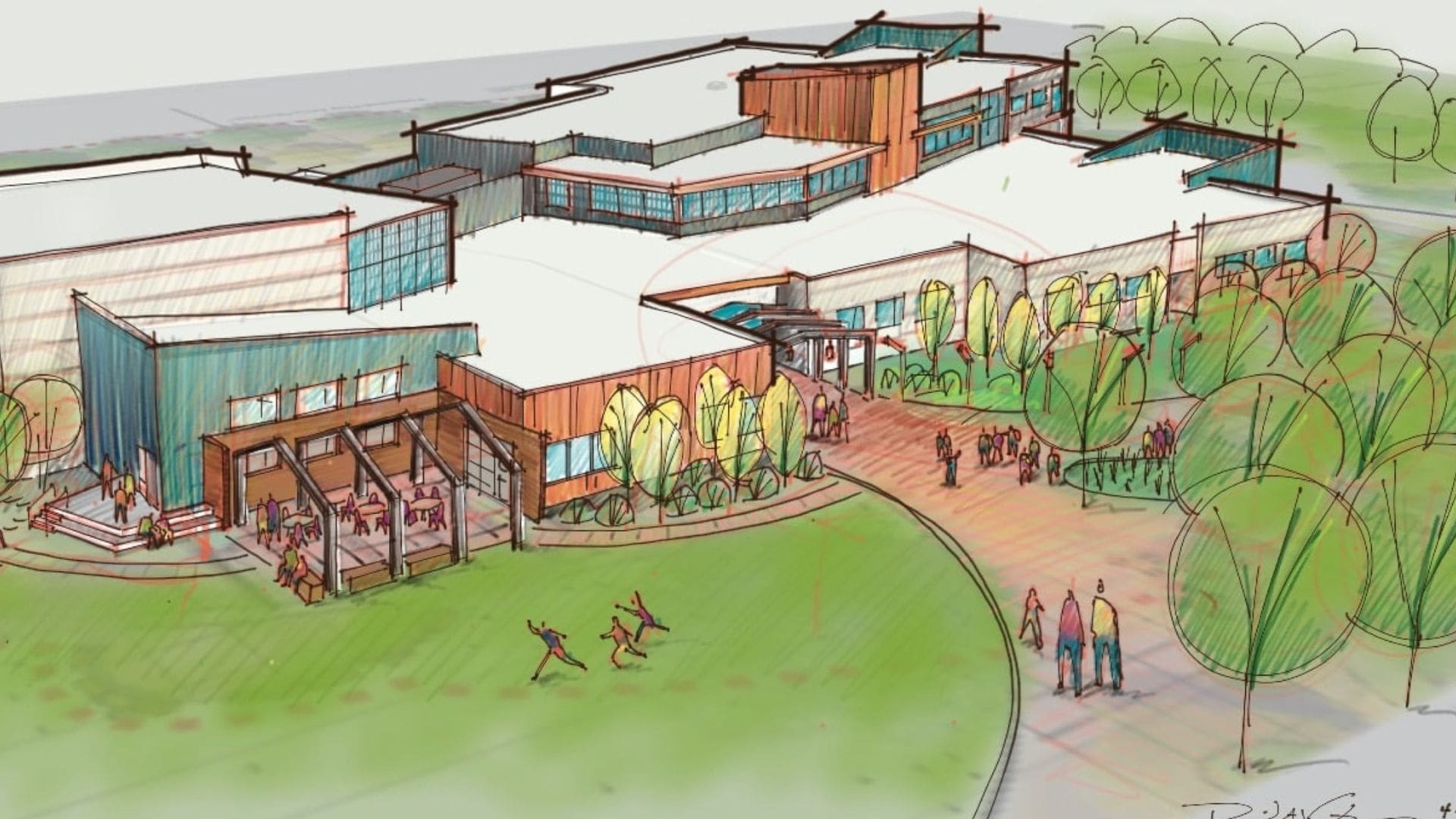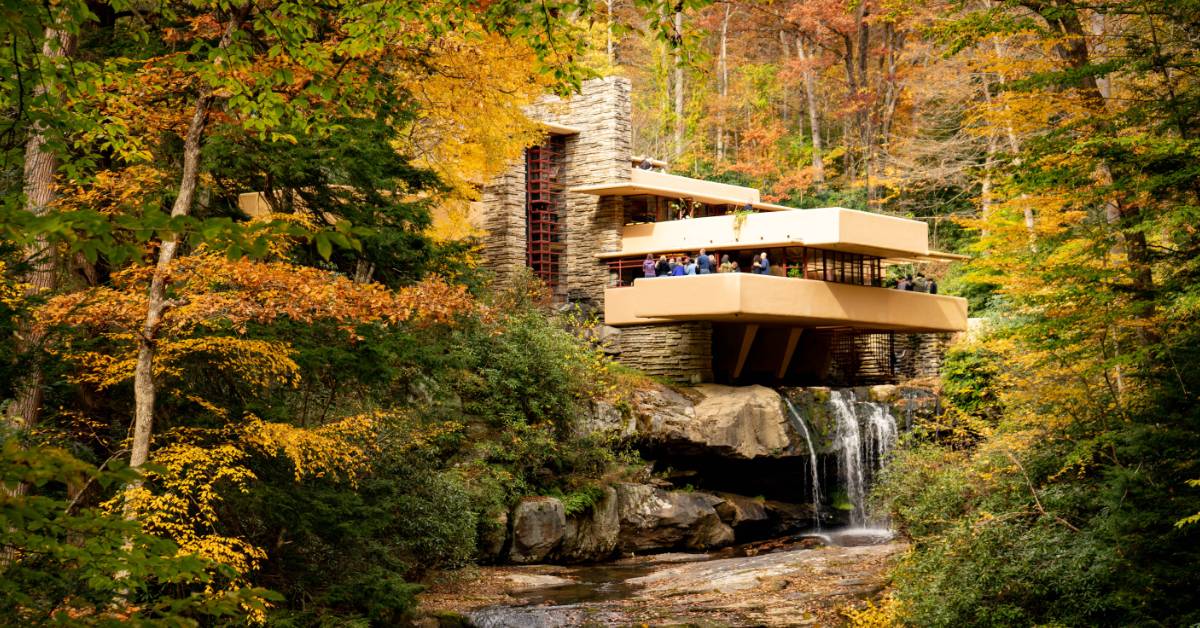
Design Principles from Famous Architects: Part 2
Looking to the Future, Remembering the Past
Welcome back to Neenan’s exploration into design principles from famous architecture! If you didn’t have a chance to read Part 1, you can do so here if you’d like! In an effort to further educate ourselves, our clients, and anyone interested in building design, we’ve taken the time to browse some of history’s most fascinating case studies in architecture. In order to move forward, it is often helpful to know where you’ve been, so we’d like to invite you to join us as we explore four more principles of design from architects throughout history that challenged the norm and innovated in order to achieve a greater level of excellence.
 Creatively Incorporate the Environment
Creatively Incorporate the Environment
In almost every instance, the location of a building can be as entirely unique as the building itself has the potential to be. Ignoring the environment surrounding a building location could be a tremendous missed opportunity and tragic oversight. No matter where a build is located, it will be entering a pre-existing environment, and it can be an opportunity to use or incorporate that environment to your advantage. Some of the most notable architects throughout history have designed their buildings entirely around some facet of the landscape that their building was going to inhabit.
Perhaps the most famous example of this principle, and perhaps one of the most famous buildings in the world, is Fallingwater, located in rural Pennsylvania and designed by Frank Lloyd Wright in 1935. Rather than disturb the natural surroundings of this home, Wright decided to incorporate a running waterfall into the design of the home, creating a piece of architecture so stunning that it draws tourists from all over the world to a rural household.
Adopting a similar philosophy is the Living Roof of California’s Academy of Sciences in San Francisco. In order to reduce the carbon footprint of their campus, the designers of this facility incorporated a roof that can support the growth of native plants and flowers, and provide a food source for bees, birds, butterflies, and more. We’re hard pressed to find a clearer example of a building being designed to communicate the philosophy of its occupants in regards to its surroundings.
Repurpose the Old for the New
Sometimes there is potential for greatness in a piece of architecture that already exists, but has been serving an unrelated function for its lifetime. Repurposing existing buildings or infrastructure for something new is bold, inventive, and responsible — rather than destroying something and potentially creating abundant waste, repurposing can be both exciting and monetarily responsible.
For example, consider The High Line, a linear public park that extends nearly a mile and a half on the west side of Manhattan Island. This entire park, which supports landscaped grass and plants, is built entirely on a former New York Central Railroad line that was slated for demolition, and was designed as a collaborative effort between Piet Oudolf, James Corner, and Charles Renfro. In the middle of the urban jungle, you can now take a leisurely walk through beautiful, natural plant growth.
Similarly, there have also been recent advancements in modular home and building design. The repurposing of shipping containers has yielded some fascinating results in home design, and provides an inexpensive method of creating modern, bold, and economically responsible habitations.
Combine the New with the Old
In some instances in the world of architectural design, we’re faced with being able to provide environments that serve our clients most effectively, while also being responsible to maintain the historical significance of their location. Combining existing elements with something new can be a challenge, but the end result can also be something remarkable.
This was the problem that was presented to the Hearst Corporation in Manhattan in 2003. Having completely outgrown their historic location, they needed to be able to expand, but also wished to completely preserve the exterior of their current location. The solution to this problem was equal parts simple and extravagantly bold. Architecture firm Foster + Partners decided to, essentially, gut the building, while leaving the exterior untouched, and construct an entirely new, modern skyscraper within the perimeter. The result of this endeavor appears to be an early 20th century building that is literally sprouting a modern skyscraper from its roof. The willingness to change and adapt to achieve greater success, while still maintaining the integrity of your roots, is something that Neenan strives to incorporate into the decisions we make in our Architstruction™ process.
Some Rules Can Be Broken
There may come a time when what it means to achieve success means taking the rulebook and setting it on fire. This is something that happened in 2004 in Beijing, when the idea of what a skyscraper is or should be was challenged in the construction of the new China Central Television (CCTV) headquarters. Traditionally, we can all agree, sky scrapers are entirely vertical constructions. Rather than adhere to this norm, architects Rem Koolhaas, Ole Scheeren, Cecil Balmond and Fernando Donis opted for a Deconstructionist approach, and designed what is essentially a circular or looped skyscraper made of six horizontal and vertical sections that looks like something straight out of science fiction.
This bold design was not met without some criticism, earning the local nickname of “the Big Pants,” but there is absolutely no denying the effectiveness of the structure to capture both national and international attention.
Neenan Archistruction™ — Excellence Today for Success Tomorrow
We hope that this exploration into the innovative and creative world of the history of architecture has inspired you with your own imaginative intentions. The heart of Neenan’s Archistruction™ process is to use all of our acquired knowledge and inspiration from bold projects like the ones mentioned in this article and apply them in a way that most benefits our clients. When you work with us, there are no boundaries to what can be creatively discovered. We utilize the latest technology, craft reality from dreams, solve problems, know how to get noticed, use environments effectively, and when necessary, we know when to break the rules of tradition to get the desired results. Contact us today to get started with your building project!
